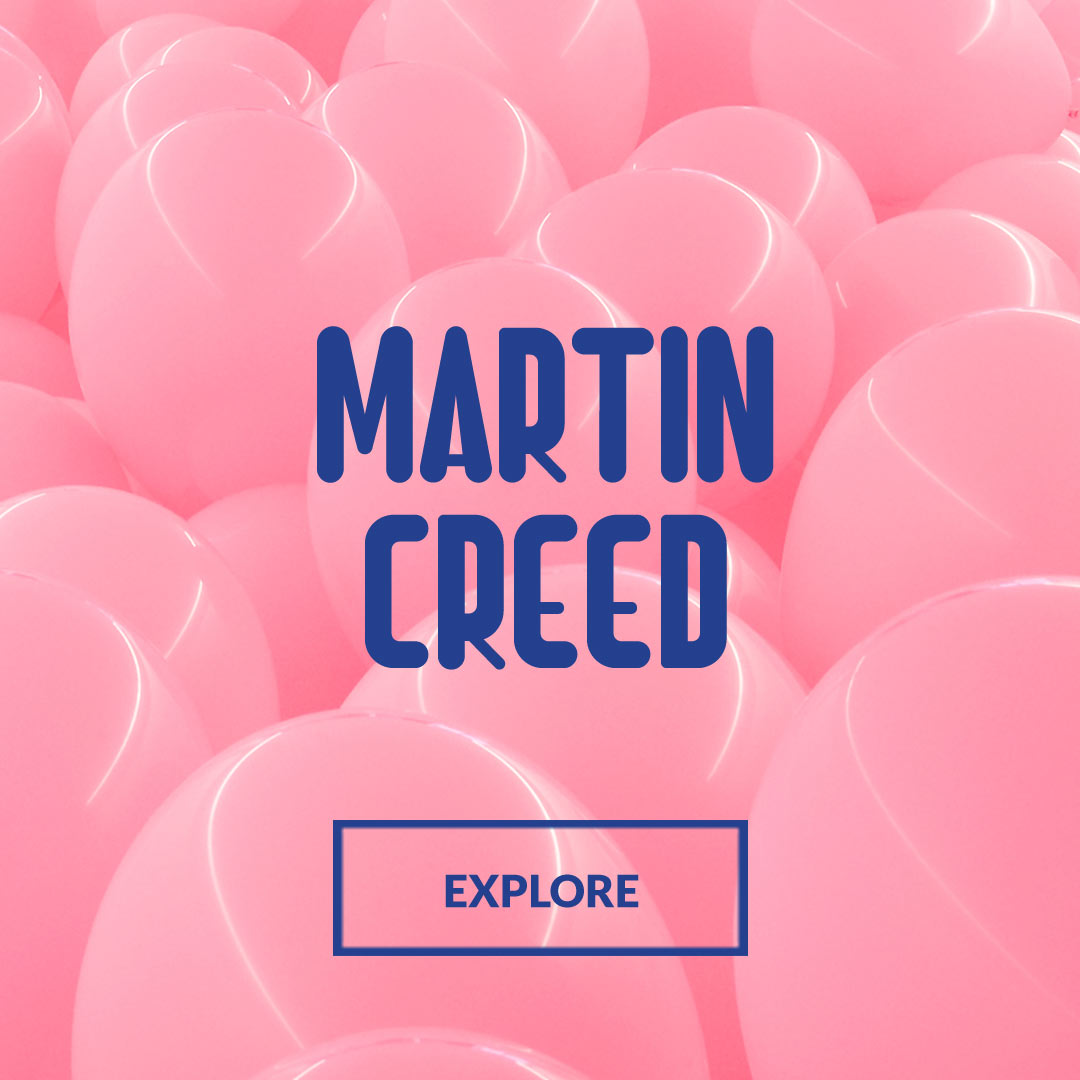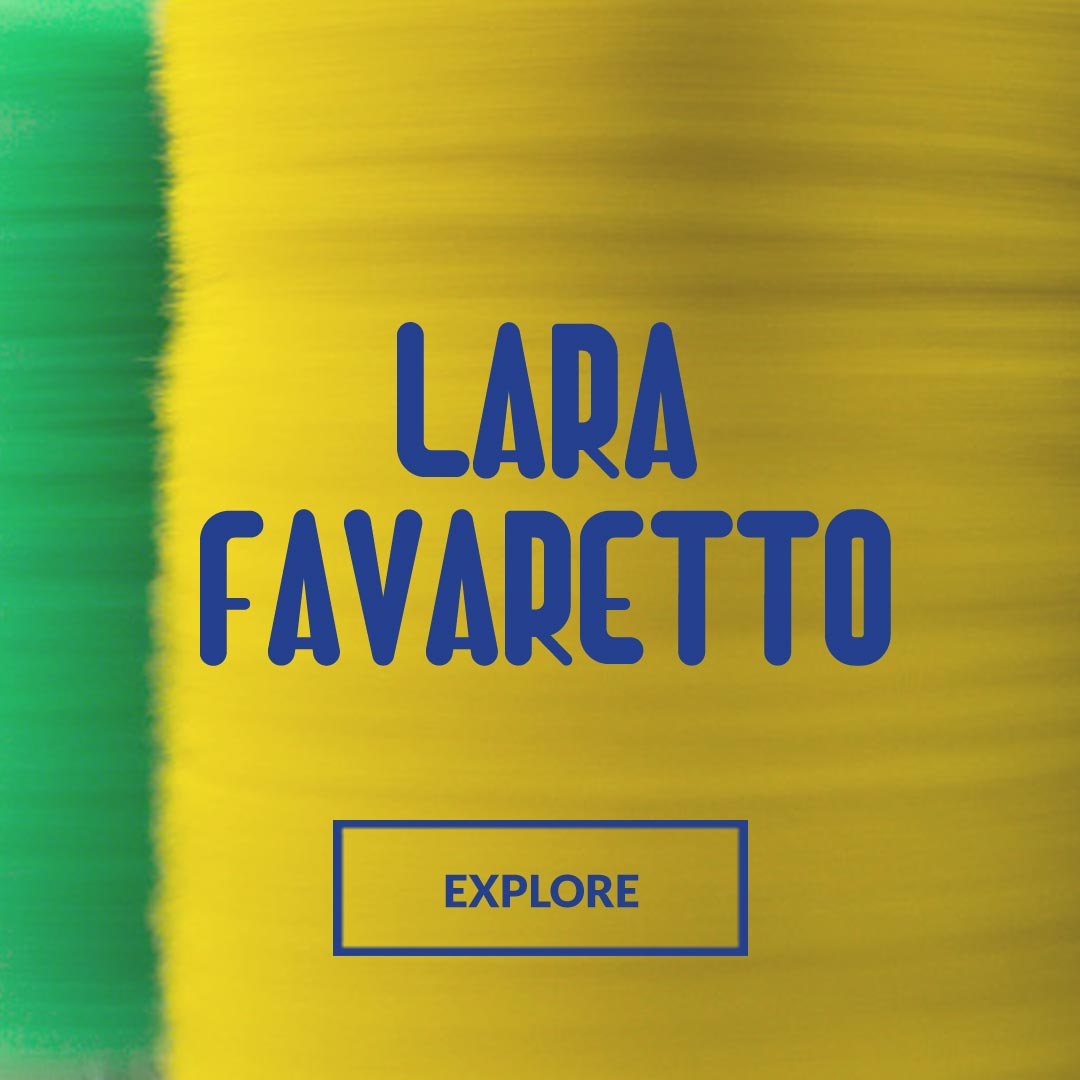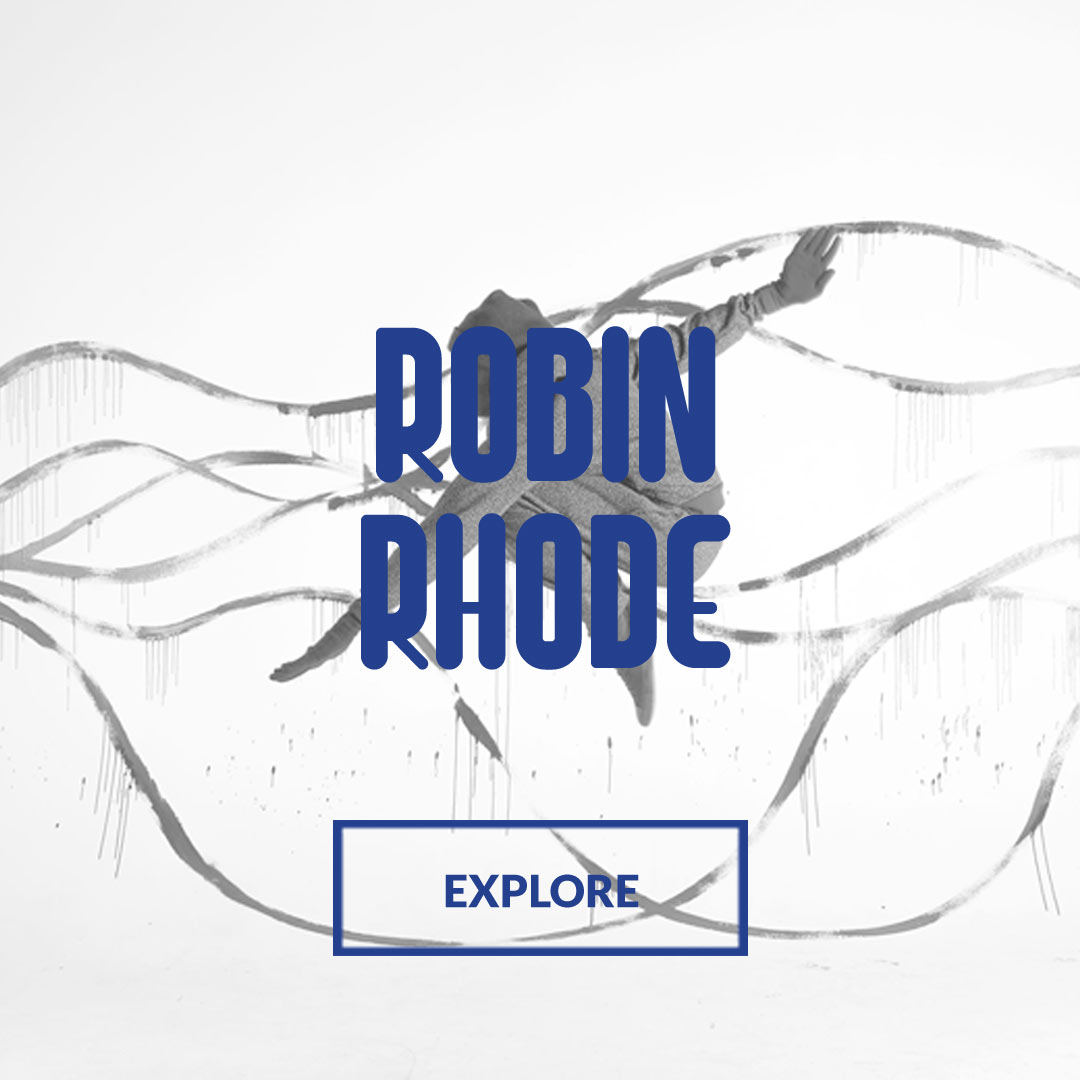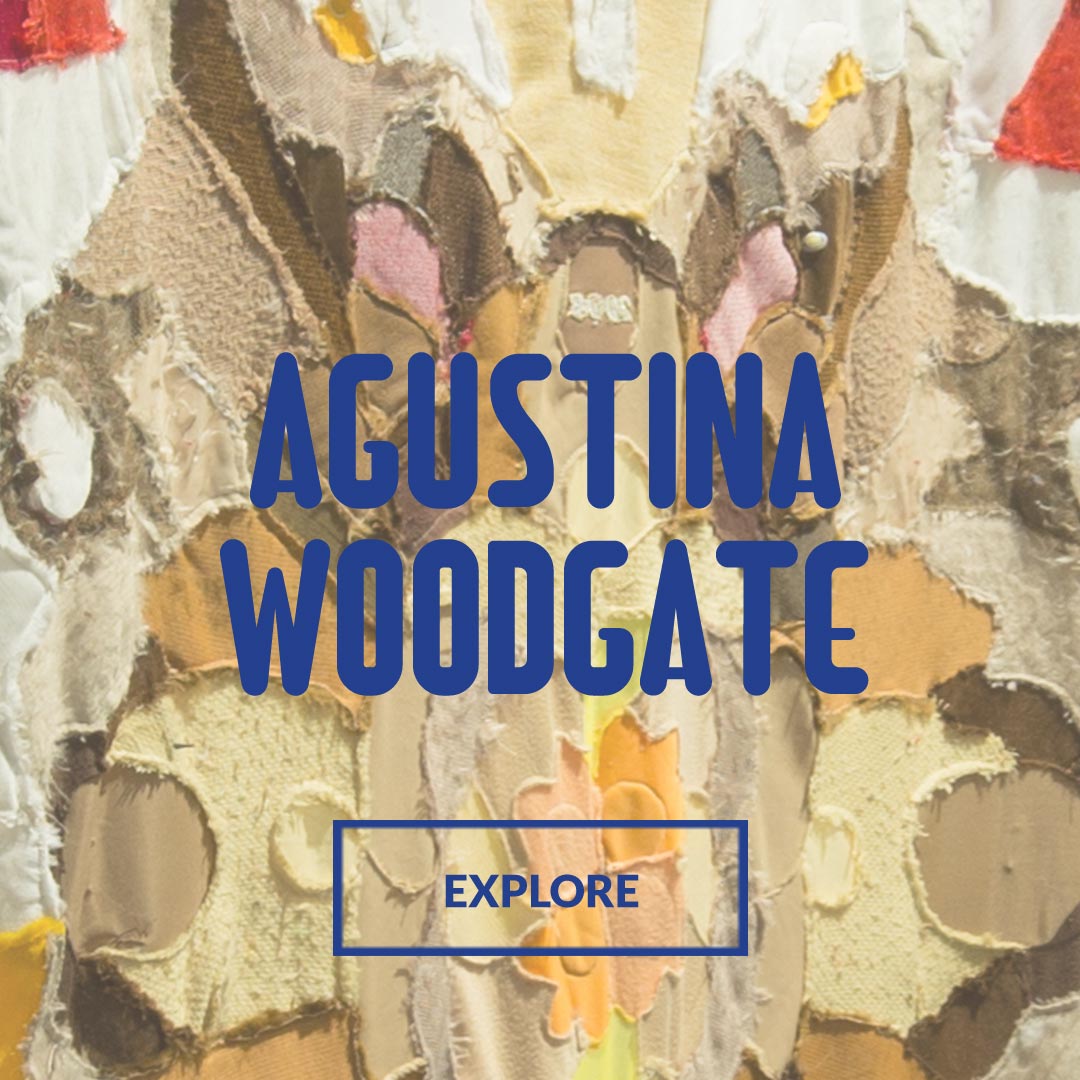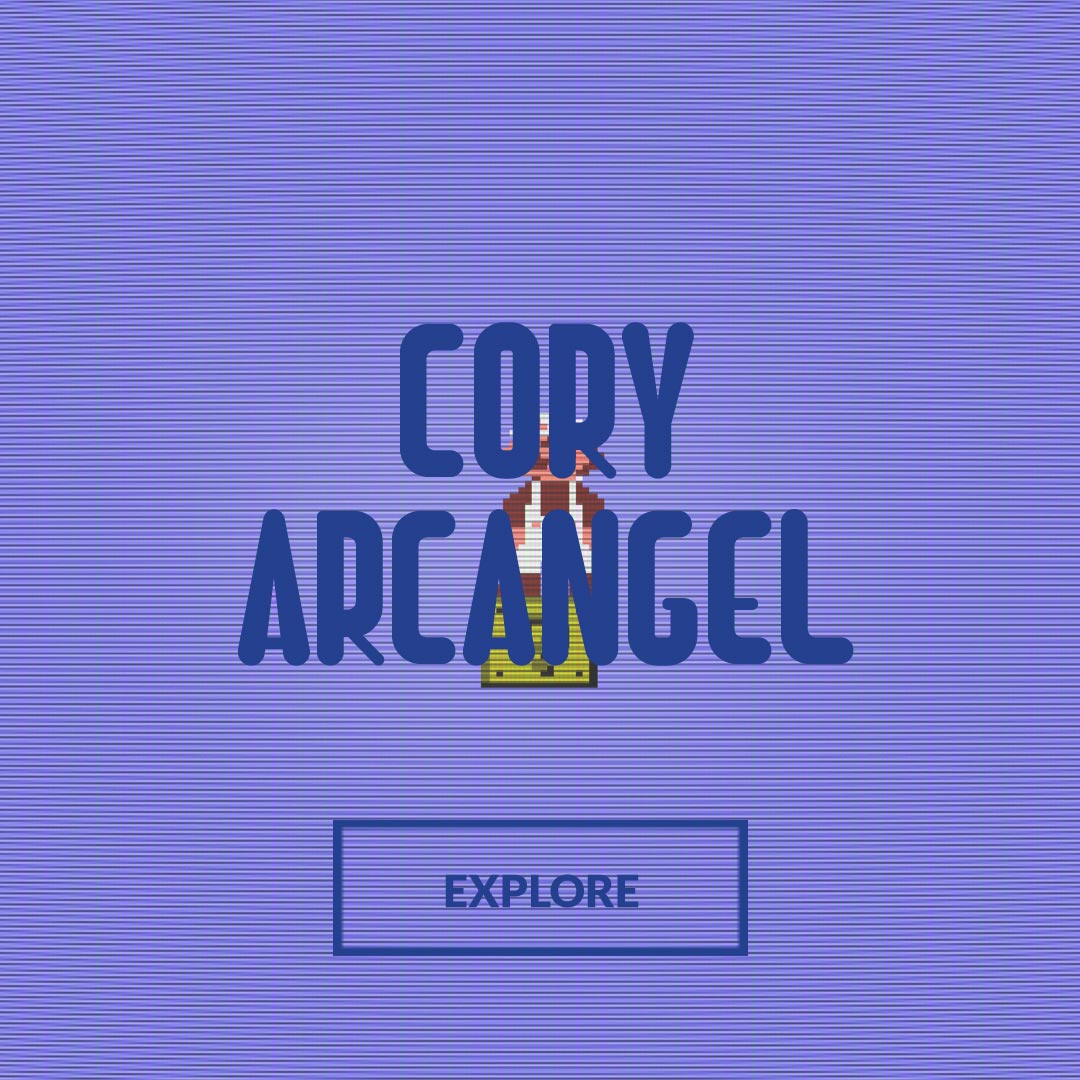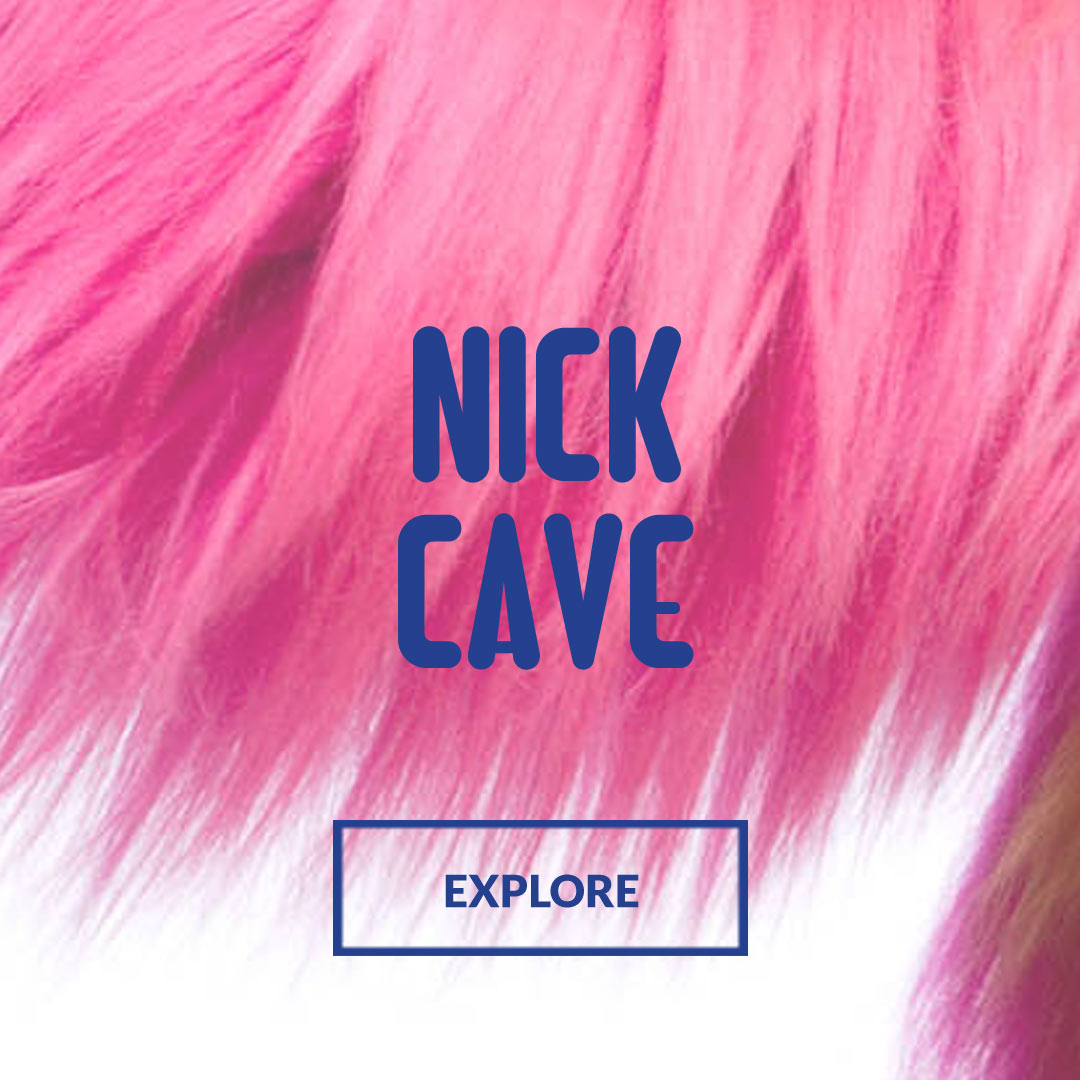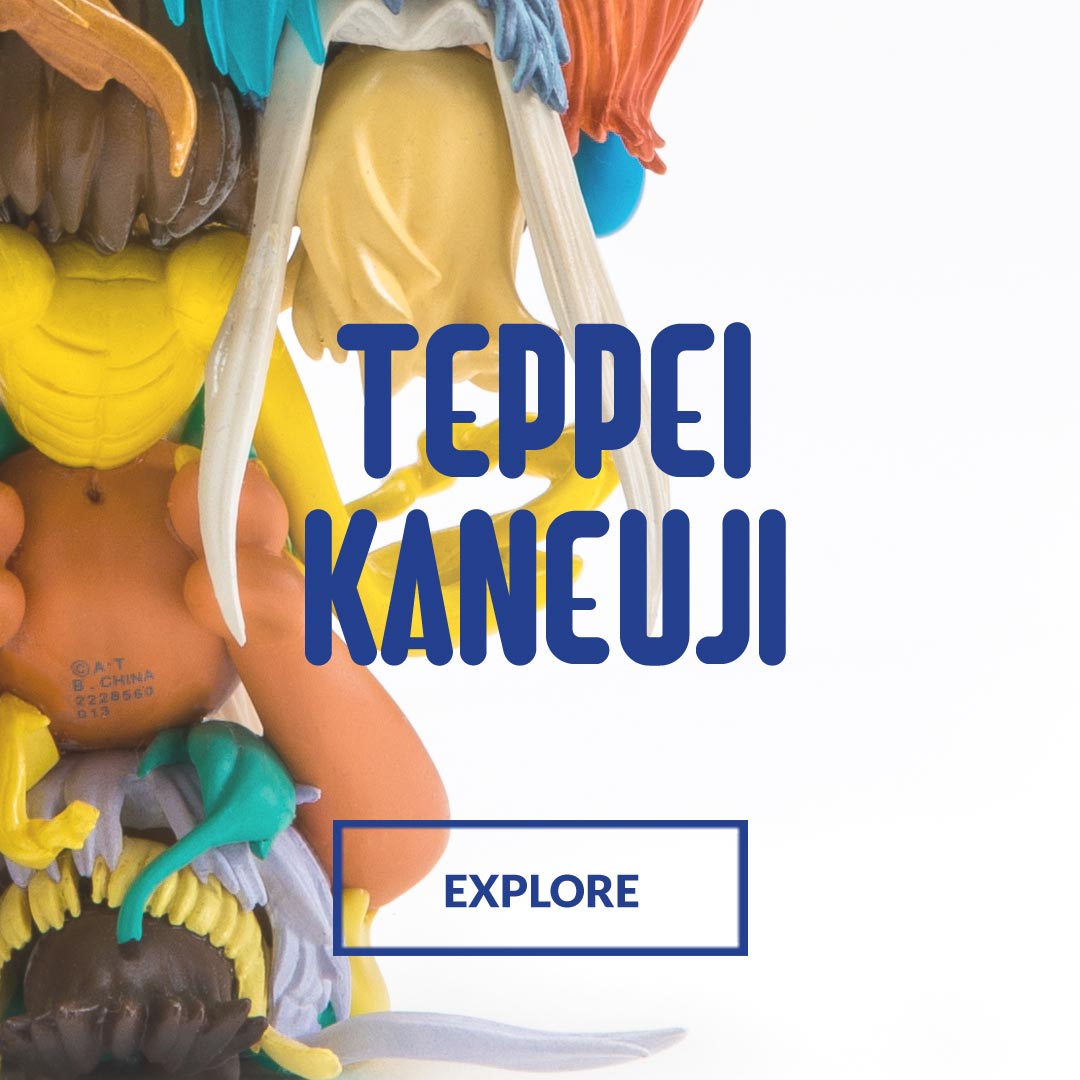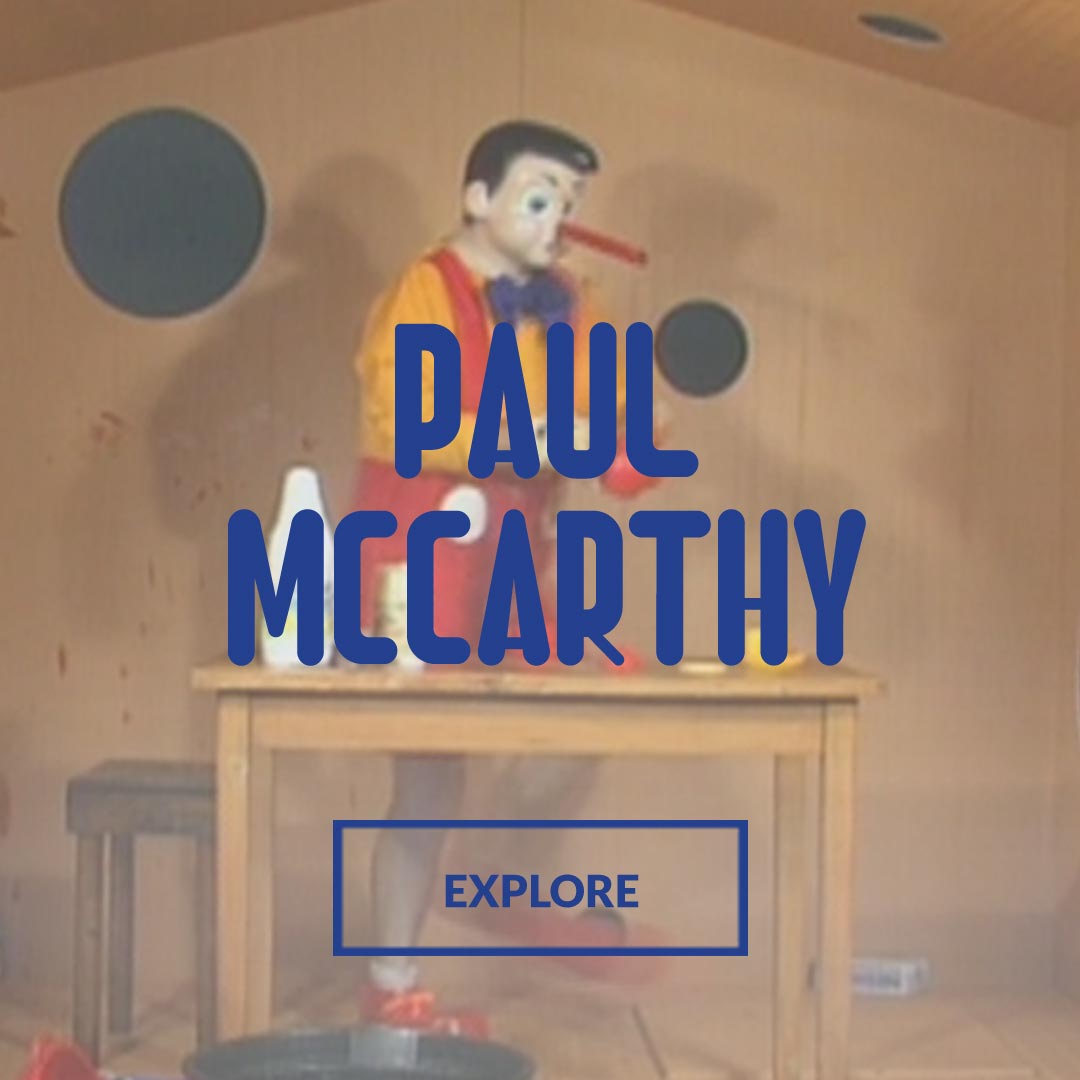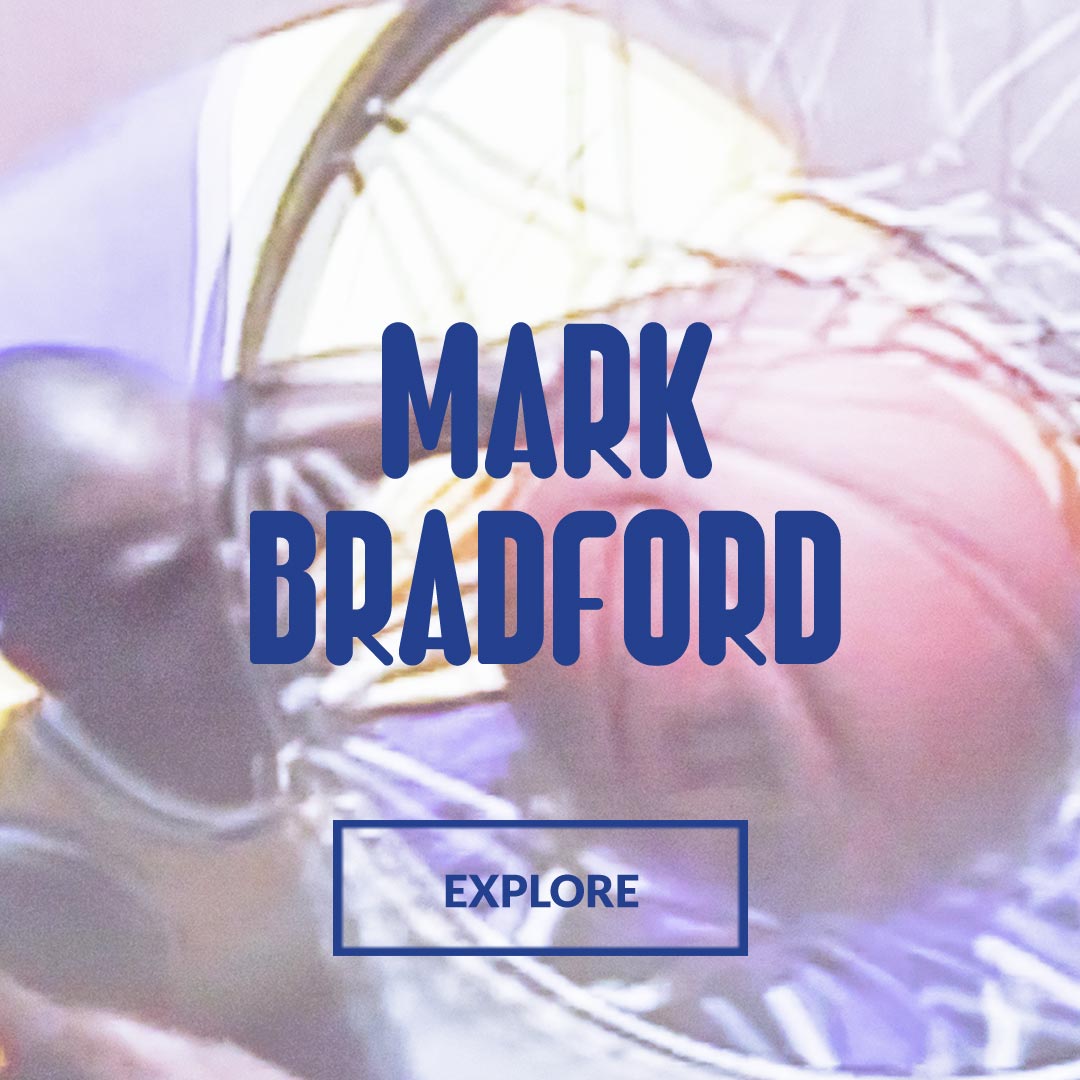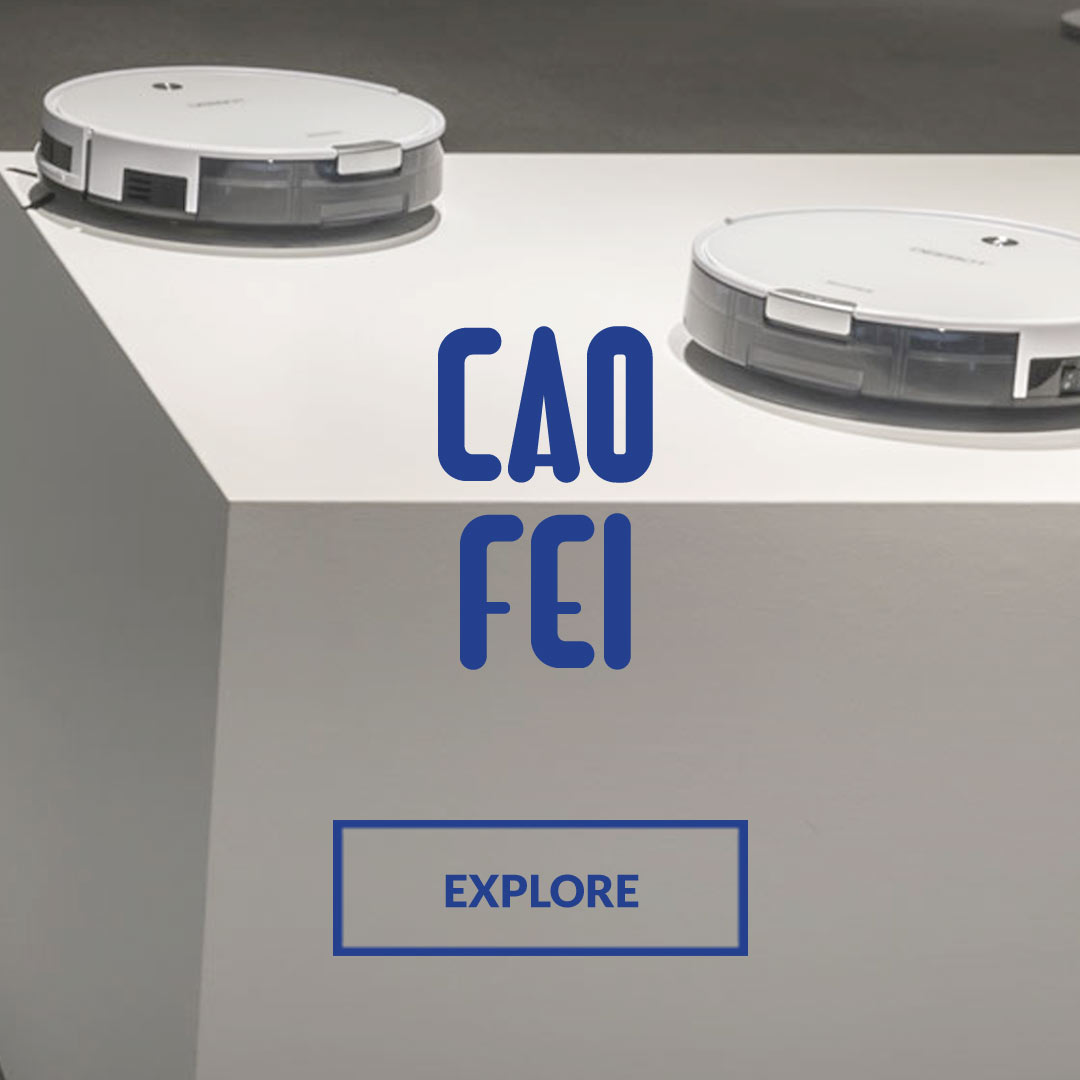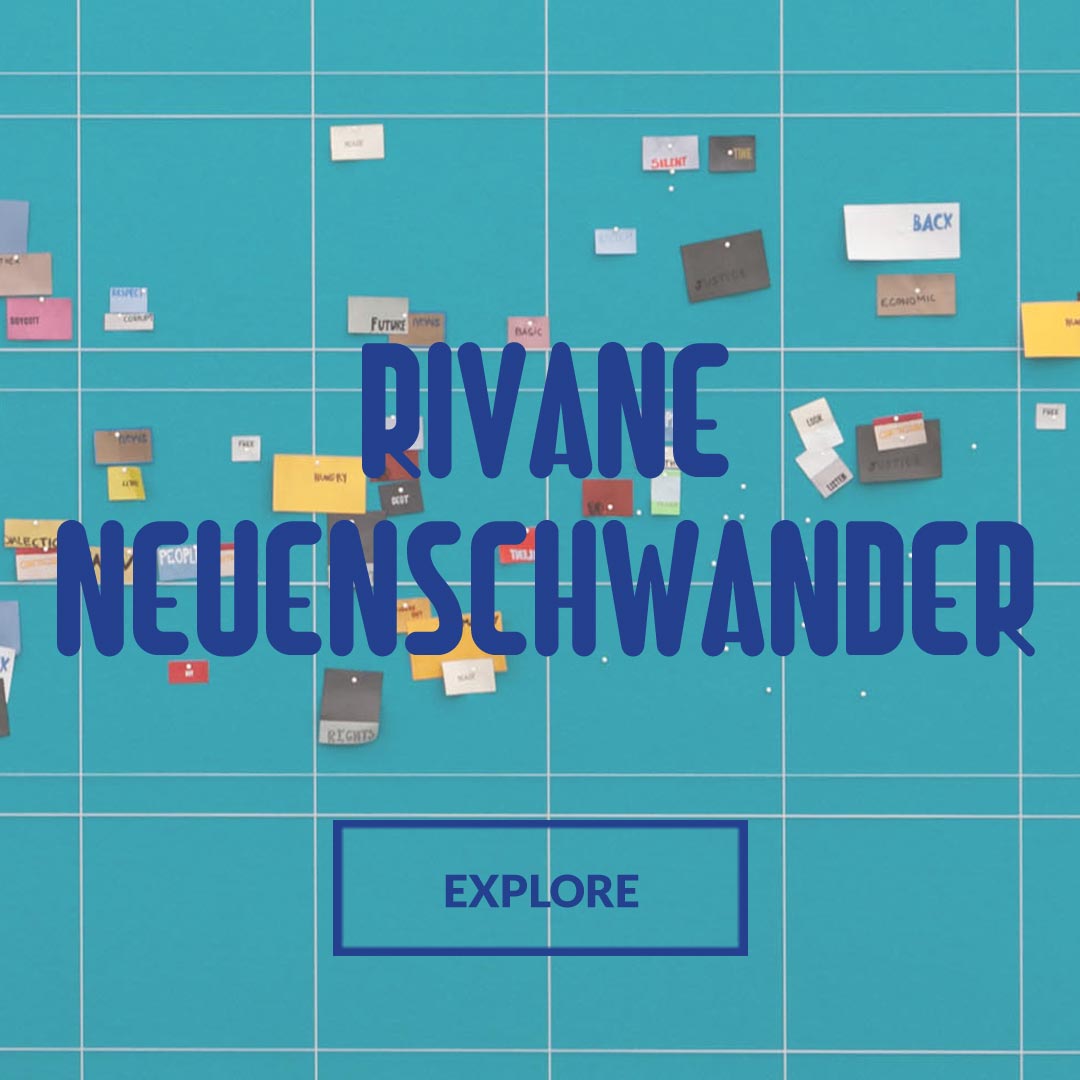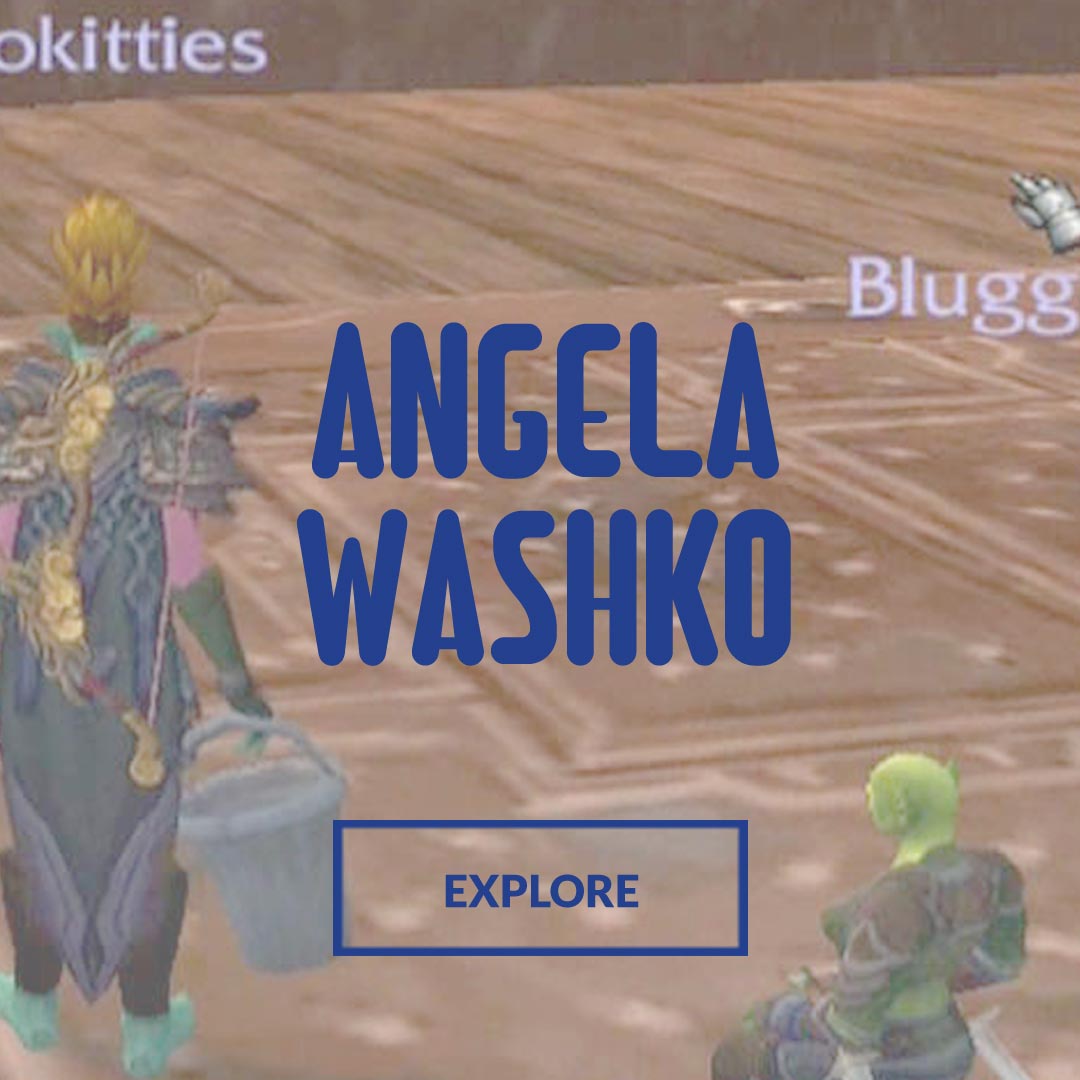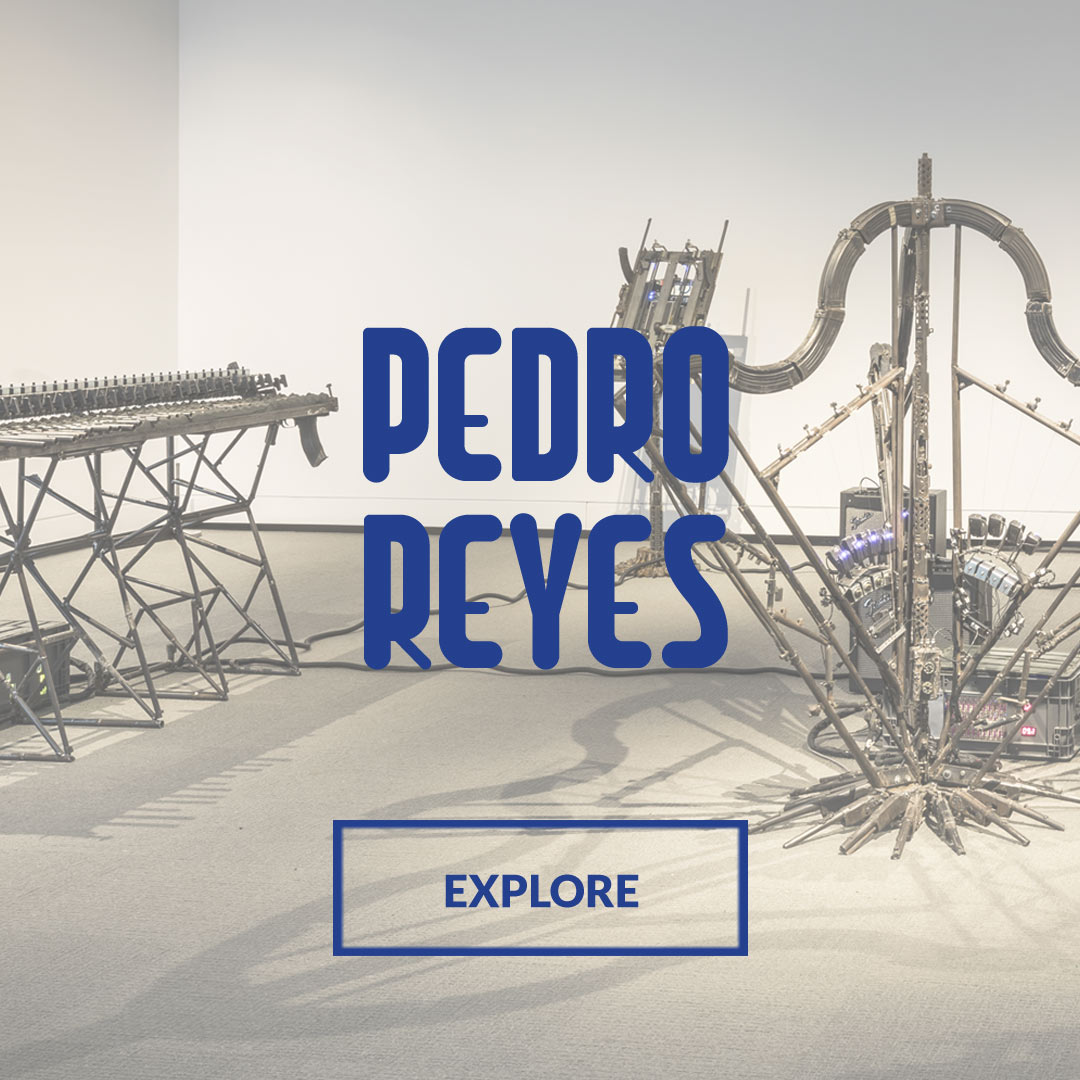My name is Jane Friedhoff and I’m an independent game designer, play designer, riot grr, etc.
So power fantasy is another one of those terms where I feel like there’s—there could be a very wide definition of it, but right now our understanding of it is pretty limited. So when people hear the phrase power fantasy in relationship to games often it’s usually like power by the already powerful over the marginalized, right? So like Call of Duty where you’re going around shooting people.
I made Slam City Oracles, which is about the two girls sort of slamming into the ground. It’s like the kind of mosh pit metaphor and you get points by sort of shaking everything up. The more things are moving and flying up in the air, the more points you get.
That was really tied up in a lot of the thoughts I was having about body image and literally taking up space. Instead of having a female character that was small or diminutive or whatever, how could I incentivize this idea of, you know, taking up space and make that permissible?
I have an arcade cabinet of that game and so I’ll see people of all ages and genders playing that game. But a lot of women really like it, you know what I mean? They’ll come in very polite and not necessarily knowing what they’re going to think about this arcade game. And then you see them ten seconds later and they are just wailing on it.
What happens when we sort of explode this idea of a power fantasy and figure out what powers people, you know, who aren’t necessarily straight white dudes need?
When I think about play, it’s that pulling back the curtain, just these tiny little moments when you get to embody something else and kind of see another way of being.
Return to the video.

